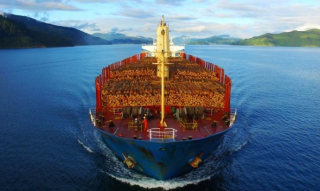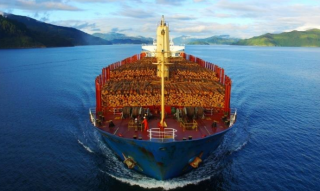Hong Kong-based dry bulk shipping company Pacific Basin Shipping is reaping the fruits of the recovery of market fundamentals in the dry bulk sector which pushed up time charter equivalent (TCE) earnings in the first quarter of 2017.

This has been a result of improved market condition after seasonal dip around the Chinese New Year, especially in the Pacific which started the year weaker than the Atlantic. By the end of the quarter, Pacific rates were at their highest in over two years.
The company’s Handysize and Supramax daily TCE earnings stood at USD 7,460 and USD 8,030 in the first quarter of this year, compared to USD 5,900 and USD 5,800 in the same period of 2015, respectively. This represents an improvement of 26% and 38% year on year.
As of March 31, 2017, Pacific Basin secured cover for the remaining three quarters of 2017 – 37% of its 29,520 contracted Handysize revenue days at around USD 8,520 per day and 65% of the firm’s 11,210 contracted Supramax revenue days at around USD 10,090 per day.
The company said that its Handysize and Supramax capacity has increased year on year due to Pacific Basin’s larger fleet of owned ships complemented by ships on shorter-term charters.
During the quarter, Pacific Basin took delivery of six new vessels, with one remaining newbuilding scheduled to join the company’s fleet in the second quarter. The delivery in May will increase the company’s owned fleet to 100 ships.
In early 2017, the company purchased a secondhand Supramax and sold an older, smaller Supramax. Additionally, Pacific Basin bought a seven-year old Handysize vessel in March.
Pacific Basin pointed out it “will continue to look for opportunities to purchase quality vessels and to assess attractive fleet renewal opportunities.”
“While we believe the worst of the current dry bulk market cycle is behind us, the market improvement year on year was from a very low base and both supply and demand factors remain uncertain.”
“The orderbook is shrinking, but the global fleet is still growing and lingering oversupply, the risk of new ordering and the potential for increased ship operating speeds remain negative factors. More patience, scrapping and lack of ordering are required for a more fundamental market balance to be sustained.”
Source: http://worldmaritimenews.com


